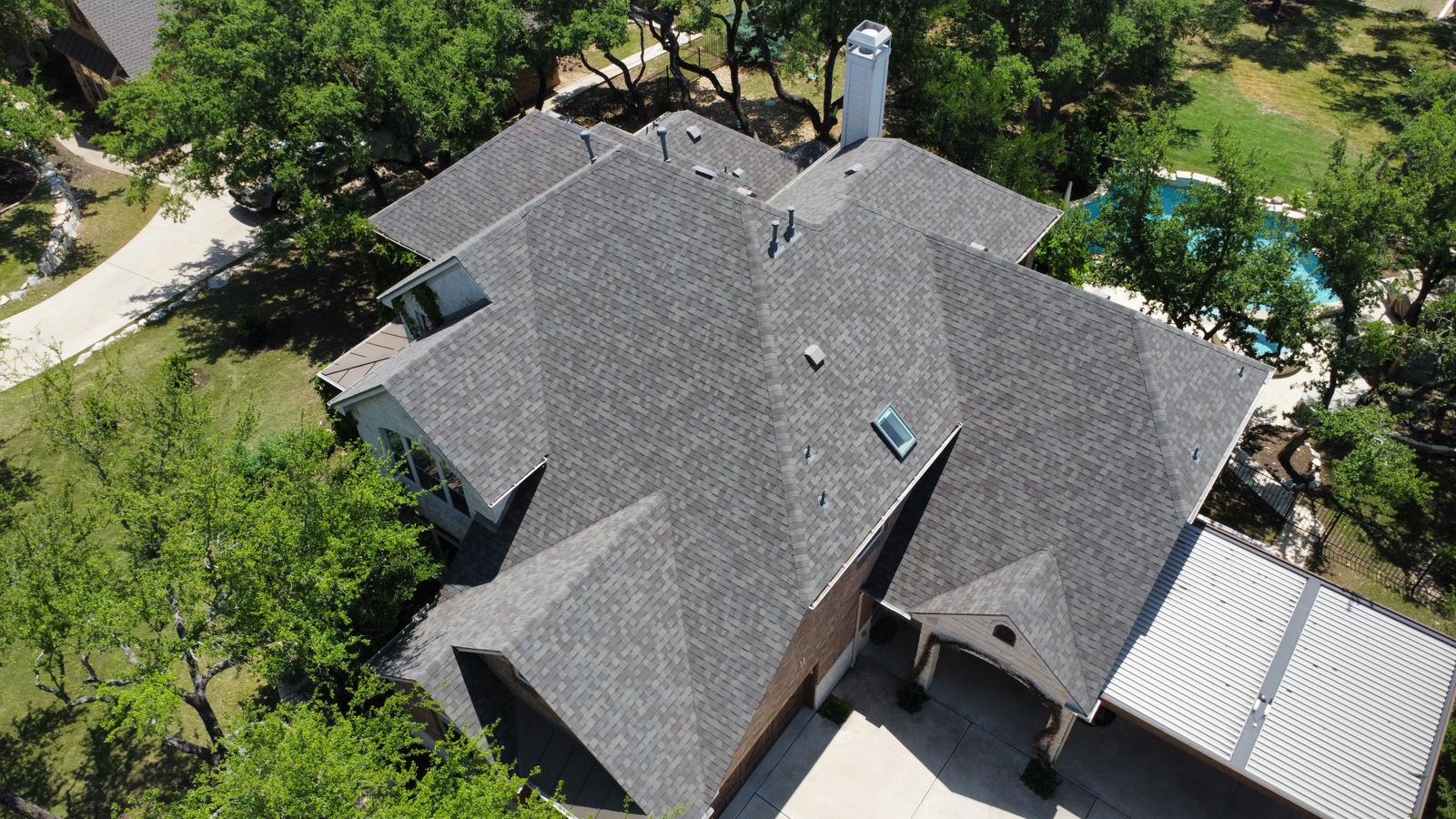Landmark Shingles: Protecting Homes with UL 2218 Class 3 Impact Rating
When it comes to safeguarding your home, choosing the right roofing materials is crucial. We’re excited to announce that our Landmark shingles are now UL 2218 Class 3 Impact Rated, offering enhanced protection against severe weather conditions. In this blog, we’ll delve into what this certification means and why it’s essential for homeowners.
What is UL Testing? Underwriters Laboratories (UL) is an independent, not-for-profit testing organization founded in 1894. UL exists to help consumers make informed decisions by providing expertise regarding products that affect their daily lives. For roofing shingles, UL 2218 is the standard used for rating impact resistance. Shingles are classified into four classes based on their ability to withstand impact without cracking, breaking, or showing other signs of significant damage.
Understanding Impact Classes:
- Class 1: Shingles are tested with a 1.25-inch steel ball dropped from a height of 12 feet. The shingles must show no evidence of cracks, breaks, or significant damage.
- Class 2: Shingles are tested with a 1.5-inch steel ball dropped from a height of 12 feet. The shingles must show no evidence of cracks, breaks, or significant damage.
- Class 3: Shingles are tested with a 1.75-inch steel ball dropped from a height of 12 feet. The shingles must show no evidence of cracks, breaks, or significant damage.
- Class 4: Shingles are tested with a 2-inch steel ball dropped from a height of 20 feet. The shingles must show no evidence of cracks, breaks, or significant damage.
Why These Ratings Matter:
- Ball Size and Height: The size of the steel ball and the height from which it is dropped vary among the classes, representing different levels of impact energy. Higher classes (3 and 4) use larger balls and/or greater heights to simulate more severe impact conditions.
- Severity of Impact: Each class represents a different severity of impact. Class 1 is the least severe, while Class 4 is the most severe. This differentiation allows homeowners and builders to select shingles based on the expected impact risks (e.g., hail size) in their geographic area.
- Damage Resistance: Higher class ratings indicate better resistance to impact damage. Shingles with higher ratings (Class 3 and 4) are more suitable for regions prone to large hailstorms or other high-impact events, providing greater protection and longevity.
Consumer and Insurance Updates: Landmark shingles installed in 2024 and beyond are officially classified as UL 2218 Class 3 Impact Rated. This new classification can potentially qualify you for better insurance rates. We recommend checking with your local insurance provider to see how these new ratings can benefit your policy.
Exploring Class 4 Options: For homeowners seeking even higher protection, CertainTeed offers a range of Class 4 impact-resistant shingles, including:
- ClimateFlex: Known for its flexibility and resistance to extreme weather conditions.
- Belmont IR: Offers a traditional look with advanced impact resistance.
- Presidential Shake: Combines aesthetic appeal with superior durability.
Conclusion: Choosing the right shingles is key to protecting your home from severe weather conditions. With the new UL 2218 Class 3 Impact Rating, Landmark shingles now offer enhanced durability and resistance to impacts. Contact us today to learn more about how this certification can benefit you and ensure your home is protected with the highest quality roofing system.
Contact Us: For more information or to schedule an inspection, reach out to our team of professionals. We look forward to serving you!






